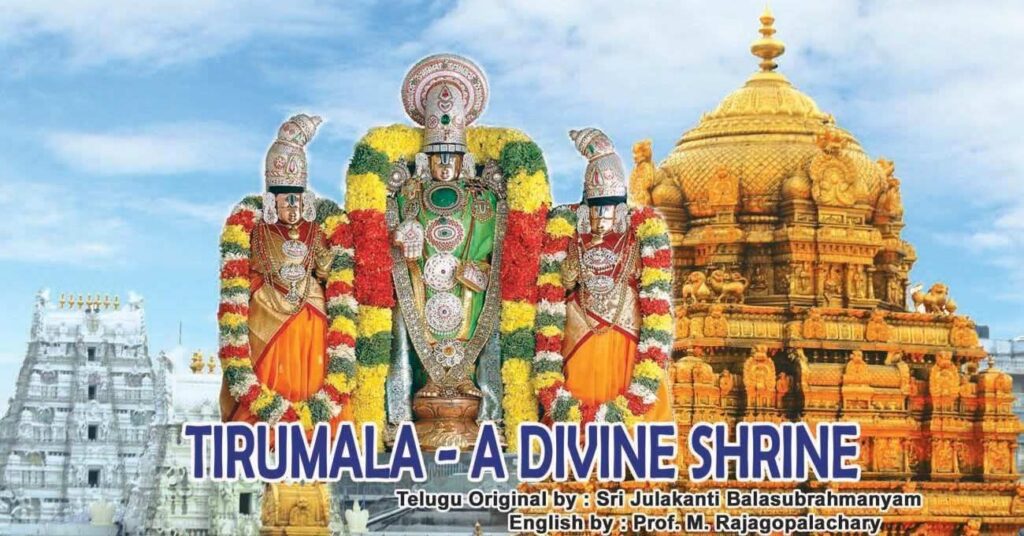Theerthams (Holy Waterfalls) in Tirumala Tirumala shrine is a source of many holy waterfalls (Theertham/ Teertham). These are the sacred places where many sages undertook penance and had a glimpse of the Lord directly. They remove all sorts of sins. Let us try to know about them in brief. Let us visit them, absolve ourselves Read More
Tag: Akasa Ganga
Akasa Ganga is two miles away from the Holy Lake of the Lord towards the north. In the past, Anjana Devi undertook penance here and obtained Anjaneya as the son
Hathiram Bhavaji (Sri Hathee Ram Bavaji)
Hathiram Bavaji /Sri Hathee Ram Bavaji Hathi means elephant in Hindi, and Bhavaji frequently chants Ram Mahanthula Mattam In the southwest direction of Ananda Nilaya, there is a big beautiful palace on a hillock. This palace is known as Mahanthula Mattam (monastery of Mahanth). Mahanth means a saint or a monk. A saint by the name Read More

